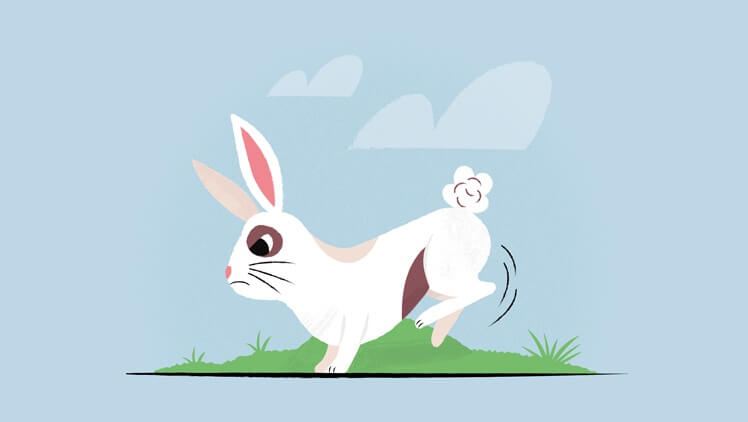Some signals your rabbits give you, like binkies or jumping for joy, are easy to interpret, but other clues as to what your pets might be feeling aren't always as obvious. Our guide can help make bunny behaviour clearer.
HAPPY BUNNY
You can tell if your rabbits are content if they're lying down calmly or, in cases of extreme happiness, putting on displays of joy. Keep in mind that even if your happy bunnies' eyes are partially closed, in most cases they'll still be alert - with their ears close together, but facing slightly backwards and pointing outwards to pick up on any potential threats.
You can recognise a happy bunny by its:
1. Relaxed body language
If your rabbits are lying down or stretching out, it can indicate that they feel at ease and don't perceive any immediate dangers. Rabbits can take a variety of positions when they're feeling content - they may tuck their legs under their bodies; lie down with their front paws pointing forward and rear legs stuck out sideways; or fully extend their bodies and stretch out their back legs while pointing their front paws forward.
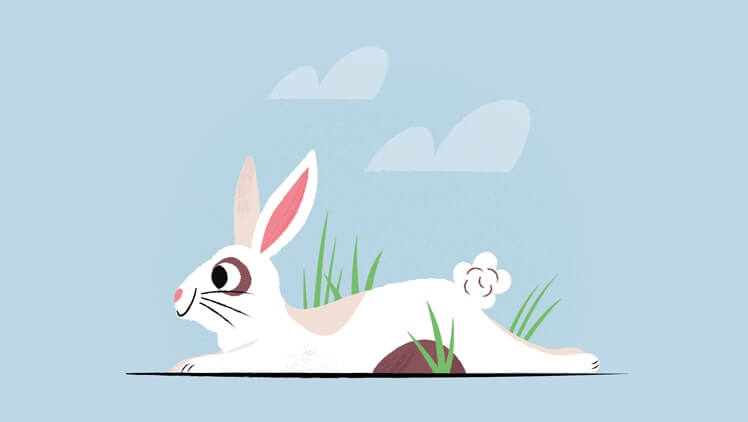
2. Happy hops
If your rabbits are feeling particularly joyful, they'll often want to display their happiness with playful binkies. You'll immediately recognise this behaviour if your rabbit jumps into the air with all four paws off the ground and twists in mid-air before landing.
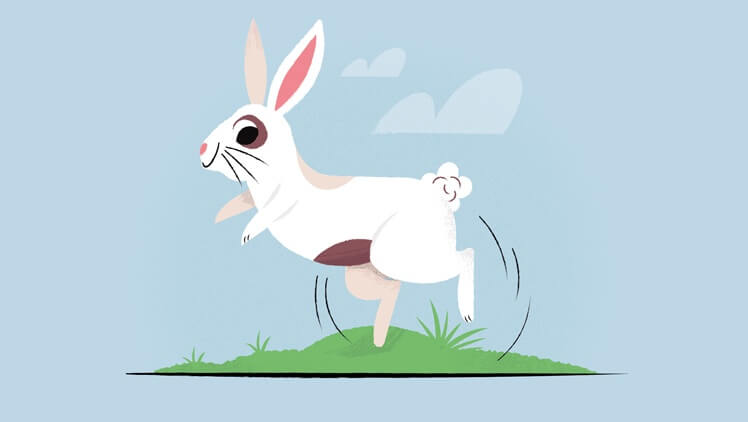
ANXIOUS BUNNY
If your rabbits are worried, they may flatten themselves on the ground in a position that's either ready to take flight or to take cover. This is a sign that they're feeling uncomfortable and don't want someone near to them.
You can recognise an anxious bunny if it:
1. Crouches down
In this position, bunnies try to make themselves look as flat and inconspicuous as possible, while still being ready to spring away if necessary. Your rabbits' muscles will be tense and coiled for action, their heads will be held flat to the ground, ears wide apart and flattened against their backs, and their pupils will be dilated.
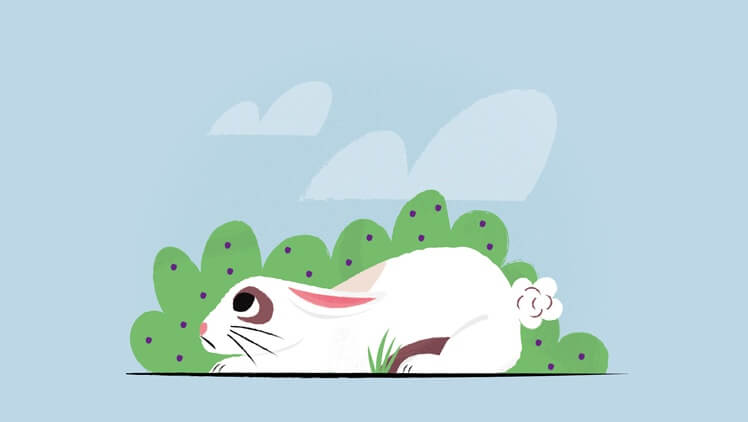
2. Hides away
If your rabbits are worried or anxious, they may seek out spots that they consider safe and will take cover. If you notice your rabbits are hiding away, try not to lift or pull them out of their safe spot, as this can make them feel threatened and even more anxious. Instead, give them space to come out in their own time, and make sure to place plenty of fresh food and stimulating toys in their hutch to help entice them to do so. If you notice your bunnies are keeping still or are hiding away for longer periods, this could be a sign that they're in pain. When in doubt, contact your vet straight away.
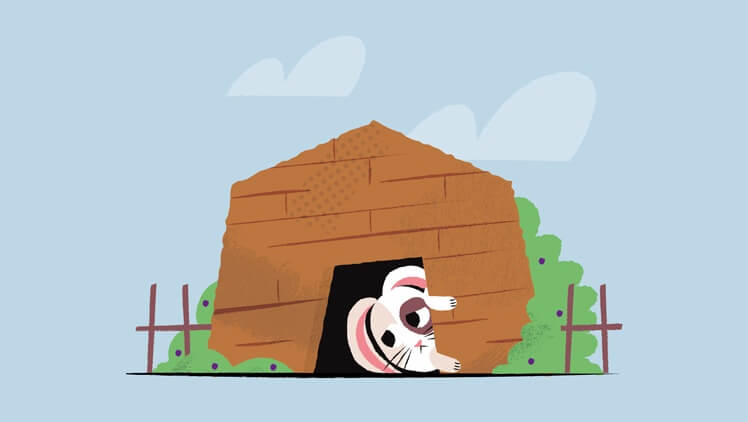
ANGRY BUNNY
If your rabbits feel like they are under a direct threat they'll change from flight mode to fight mode. In this case, they might use aggressive body language to communicate that they're not happy and that they want someone to keep back or to go away.
You'll recognise an angry bunny if it:
1. Sits up and raises its front paws
Rabbits will try to make themselves look larger and more threatening by sitting up on their back legs and raising their front paws in a 'boxing' motion. Other signs of an angry rabbit include ears that are pointed upwards and facing outwards, bared teeth and making threatening noises such as growling.
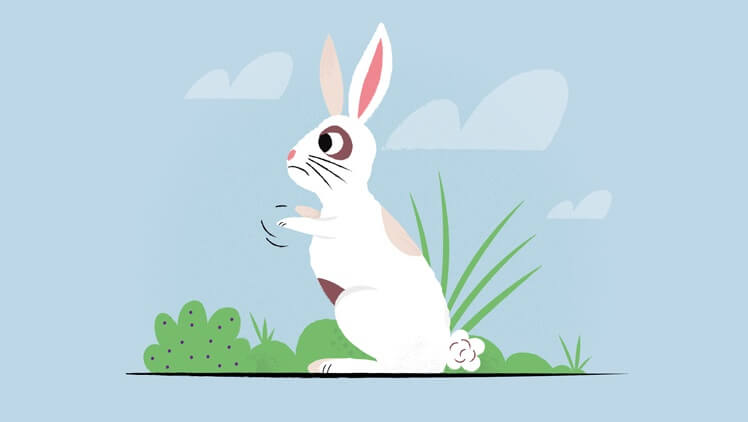
2. Uses its back legs
Another way rabbits try to scare away potential threats is by using their back legs to loudly thump the ground while standing on all fours. They'll also keep their tails raised, ears pointing upwards and slightly turned outwards, and their facial muscles will look tense while their pupils are dilated. In some cases, rabbits might turn around and move away while flicking their back feet at the source of the threat.
